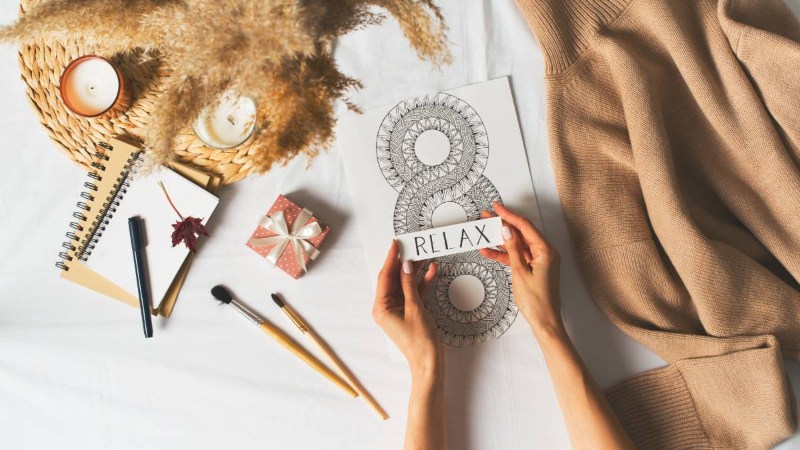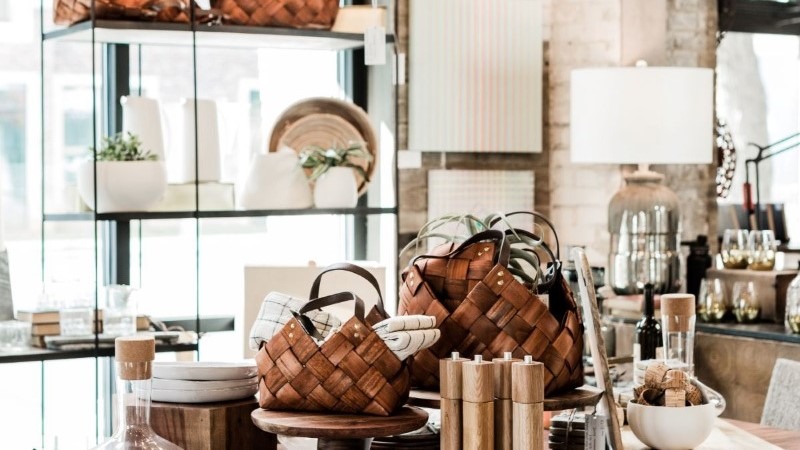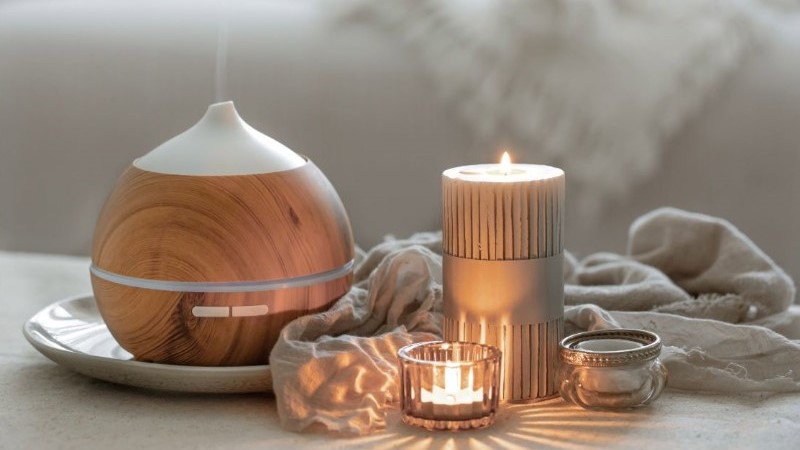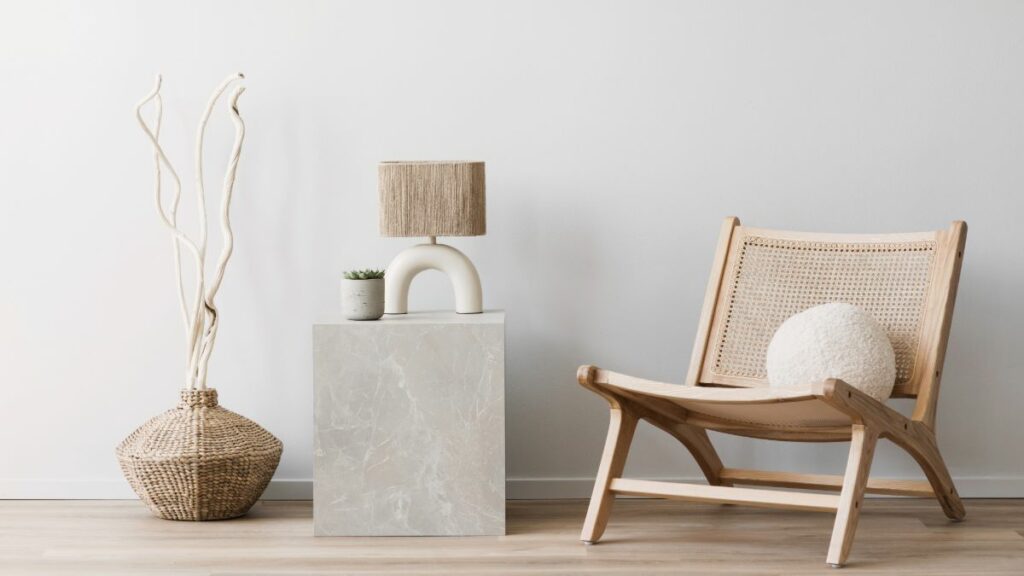Some of the links on this blog may be affiliate links. This means that if you make a purchase through these links, we may earn a small commission at no additional cost to you. We are a participant in the Amazon Services LLC Associates Program, an affiliate advertasing program designed to provide a means for us to earn advertising fees by linking to Amazon.com and affiliate websites.
Buying a new house or apartment is a great moment to celebrate. We want to share our joy with others and organizing a housewarming party is the best way to do it. It would seem that it is quite a modern tradition, but nothing could be further from the truth. Housewarming parties have their roots in old customs that have been cultivated for centuries. In this article, you will discover 15 weird housewarming party traditions from around the world that you likely didn’t know about.
Table of Contents
The origin of the housewarming party
The roots of the housewarming tradition run deep in various cultures and its interesting history dates back centuries. The very term “housewarming” has medieval European origins and refers to a time when homes literally needed the warmth of a fire. When people built new homes, the first task was to kindle a fire for warmth and protection.
Friends and family gathered together, bringing firewood and other necessities to help the homeowners settle comfortably in their new house. Fire was believed to ward off evil spirits and bring good luck to the new homeowners.
As time passed, the concept of the housewarming party evolved and took on new meanings across diverse cultures. In different regions all over the world, these celebrations became a rite of passage, marking the transition from one phase of life to another. They show us how these old practices evolved and shaped the way we express warmth and hospitality when someone moves to a new home.
Read more: 40 Inspiring Housewarming Gifts Under $100

Housewarming Party Traditions From All Over The World
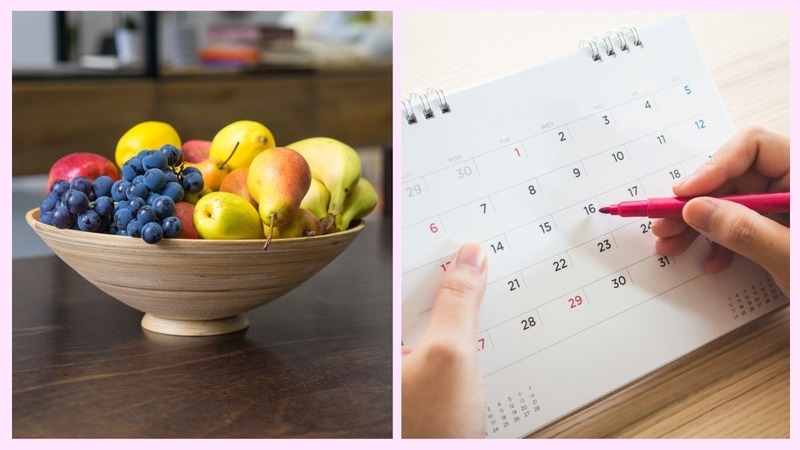
China: Choosing the Specific Date, Fruits, and Leaving the Lights on
There are many weird housewarming party traditions in China. One of the symbolic traditions is choosing specific fruits as a gift for a new homeowner. Chinese believe that that oranges bring prosperity, peaches bring health, apples bring security and pomegranates bring new opportunities. It is also a popular tradition for homeowners to plant trees.
According to the Chinese, you shouldn’t move on any day you like because it can bring you bad luck. In the Chinese culture, selecting a specific move in date is crucial. This decision often aligns with the lunar calendar, avoiding clashes with specific zodiac signs. The time of day matters too, the preferred time for moving into a new home is in the morning which is believed to bring positive energy.
Another unusual Chinese tradition is to leave the lights on for three days straight. It is believed that in this way, the house will be filled with “yang” energy, because moving to a house filled with “yin” energy may mean bad luck.
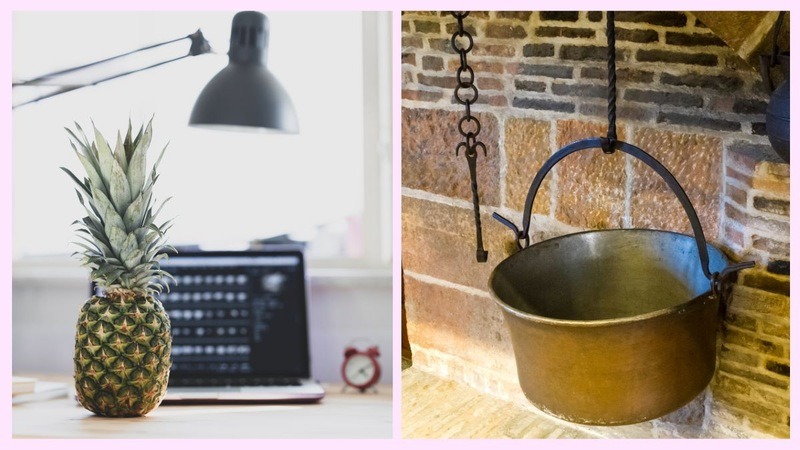
Europe: Displaying Pineapple
The pineapple was introduced to the Europeans by Christopher Columbus during his second sea voyage in the 15th century. Since then, the fruit has become a universal symbol of hospitality in housewarming European traditions. Colonial homeowners embraced pineapple-shaped decorations as a way to signify welcome and generosity.
France: Cooking A Thank-You Meal
Since medieval times, a French housewarming tradition, called “pendaison de cremailler,” involved changing the chimney hook. It signified the completion of the new home and the beginning of the thank-you meal for those who contributed to building the house. The traditional practice involves cooking food in a large pot, where the temperature is controlled by the chimney hook.
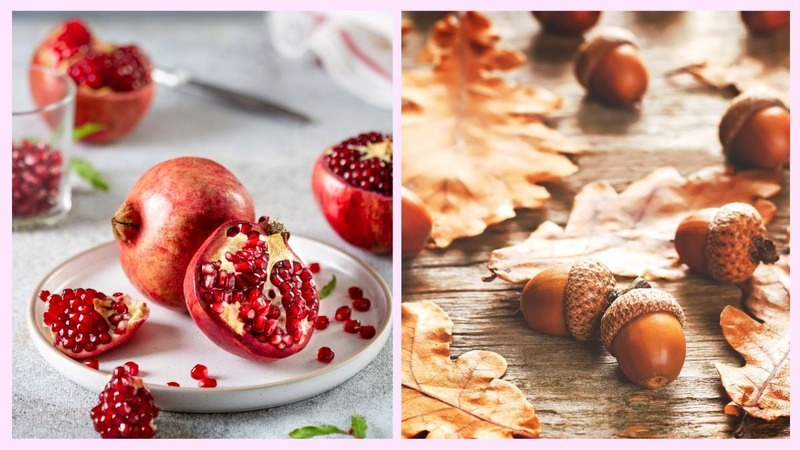
Germany: Inviting A Rooster and Putting Out Acorns
There are two particularly weird housewarming party traditions in Germany and they revolve around roosters and acorns.
In Germany, having a rooster in your home is believed to warn any trespassers away. Although today, it is not the best idea to bring live roosters into busy and modern neighborhoods. This is why home decorations with a rooster motif are a very popular alternative to the real thing.
The second odd German housewarming custom involves placing acorns along every windowsill of the home to keep evil spirits at bay. This practice was inspired by the ancient Norsemen who worshiped the oak tree.
Greece: Gifting a Pomegranate
The pomegranate, considered a symbol of good luck, fertility, and abundance, is often presented to those moving into a new home. This tradition dates back to ancient times, when the fruit was associated with prosperity and it was featured prominently in the myth of Persephone. Placing the pomegranate near or under the domestic altar of the house is believed to bring blessings and positive energies.
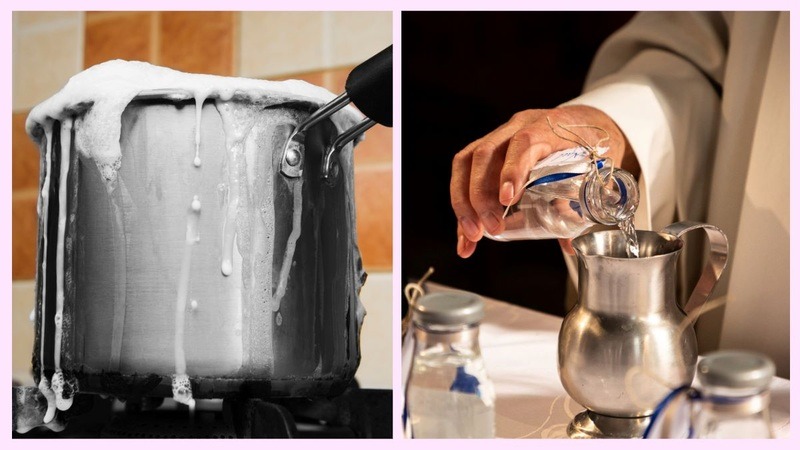
India: Inviting A Cow And Boiling Milk And Rice
A bizarre housewarming tradition in India is a Hindu ritual involving boiling milk and rice together. The mixture needs to overflow the pot and the whole ritual should be watched by family and friends. The ritual symbolizes prosperity, purity, and unity in the new home.
Another strange housewarming party tradition is bringing a cow to your new home. The ritual is known as “Govardhana pooja” and in Hindu tradition, it symbolizes nourishment and prosperity. New homeowners should walk the cow around the house and then place a holy garland around its neck. According to Hindu mythology, the cow represents Lord Shiva and its dung is considered a blessing.
Italy: A Priest Blessing Your Home
The Italian tradition of blessing a house is known as “La Benedizione della Casa.” It involves inviting a priest to perform a ritual to bless the house ensuring happiness, prosperity and protection. The ceremony usually includes a prayer, sprinkling holy water in various rooms and marking doors with blessed chalk.
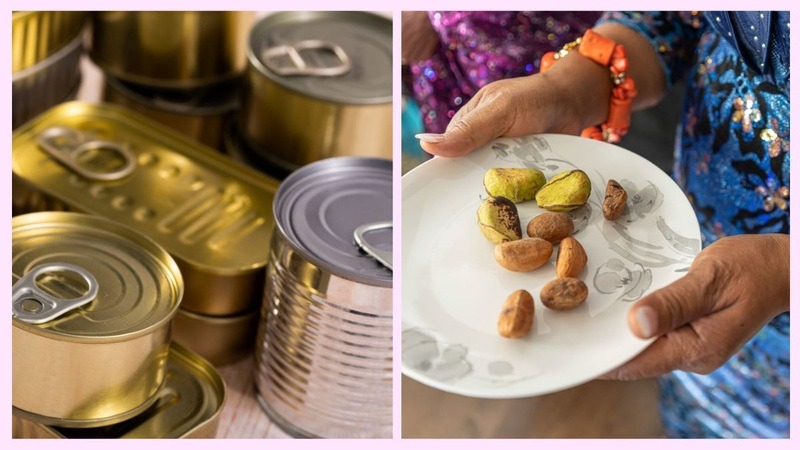
New Zealand: Throwing Tins on The Roof
The tradition of throwing tins on the roof during a housewarming is known as “tin-kicking.” After dark, owners and invited guests go outside of the house to throw cans on the roof of the host’s home. The louder the noise, the better! It is believed that this ceremony will scare away any lingering evil spirits and bring good luck to the residents. Afterwards, guests go inside for a housewarming party.
Nigeria: Breaking Kola Nuts
A unique housewarming party tradition in Nigeria is breaking kola nuts. The host or an elder of the community performs this ritual as a symbol of hospitality. The breaking of the nuts is accompanied by prayers for blessings, prosperity, and a harmonious life in the new home. Guests are often offered pieces of the kola nuts as a gesture of welcome.
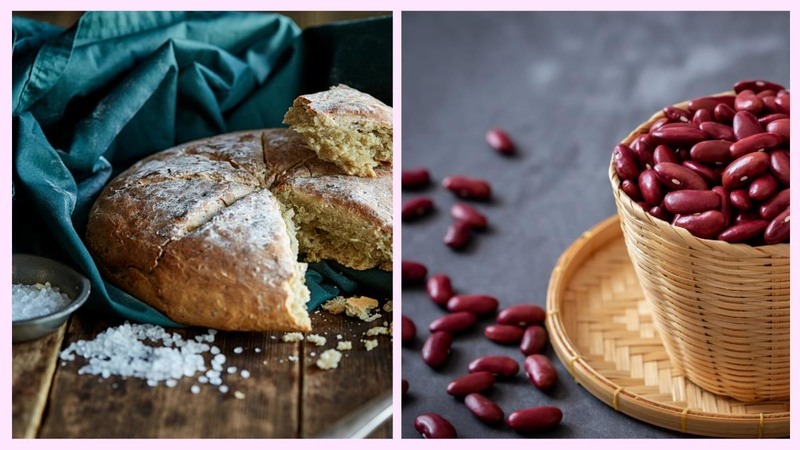
Russia: Inviting A In Cat and Bringing Bread with Salt
One very popular Russian custom is to bring bread and salt into a new home. Both bread and salt symbolize hospitality and abundance. The practice has spread worldwide influencing most European countries, the Middle East and Jewish traditions. Notably, astronauts have adopted this symbolic gesture, taking bread and salt on board the International Space Station, their new space “home.”
Russians also believe that letting your cat be the first to enter the house will bring good luck. In fact, it’s such a big deal that even a bank once offered to lend a cat to anyone who took out a mortgage!
South Korea: Spilling the Beans
In Korea, the most common tradition is spilling red beans in the house to expel evil spirits and bring good luck. The beans are believed to symbolize expelling negativity and welcoming positive energy into a new home.
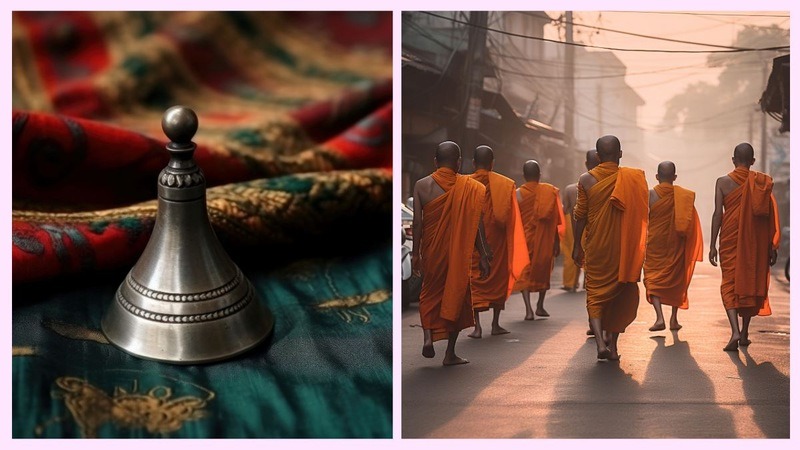
Tibet: Ringing a Bell
In Tibetan housewarming traditions, ringing a bell is special. The sound of it is believed to purify the environment, creating an atmosphere of peace and harmony. The tradition comes from Tibetan Buddhist practices where ritual tools such as bells and chants are used to invoke spiritual blessings and protect a space from malevolent influences.
Thailand: Inviting Monks and Tying Sacred Knots Thailand
In Thailand, a meaningful housewarming party tradition contains two essential rituals: a Buddhist monk blessing ceremony and the sacred act of tying knots.
Firstly, families often invite an odd number of Buddhist monks to perform a house blessing. During this ceremony, monks chant prayers and sprinkle holy water throughout the home to purify the space and invoke blessings.
In addition to the blessing, monks tie a sacred knot, known as “sai sin,” around family members’ wrists. These tied strings symbolize the strong bond between family members and are considered a sacred connection that brings positive energy and good fortune to the household.
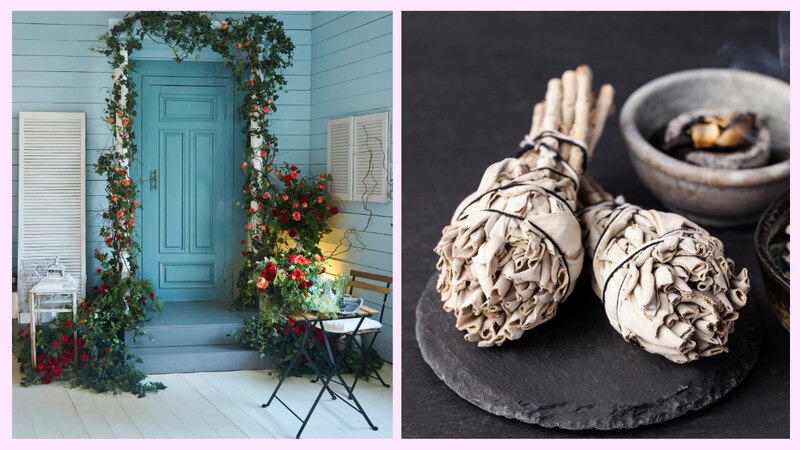
USA: Burning Sage and Painting The Porch Blue
An unusual housewarming party tradition in America is to burn sage to cleanse the space of negative energy and spirits. This custom has Indian roots and to be done correctly, the owner should start at the front door and move clockwise. While doing so, he makes sure to reach every corner of the house with the smoke from the burning sage.
According to Gullah superstition (originating in South Carolina, North Carolina, Georgia, and Florida), a house’s porch, doors, windows, and ceiling should be painted blue. This was believed to not only protect the homeowner from mosquitoes, but also from being “kidnapped” or influenced by “haints” (restless spirits of the dead).





